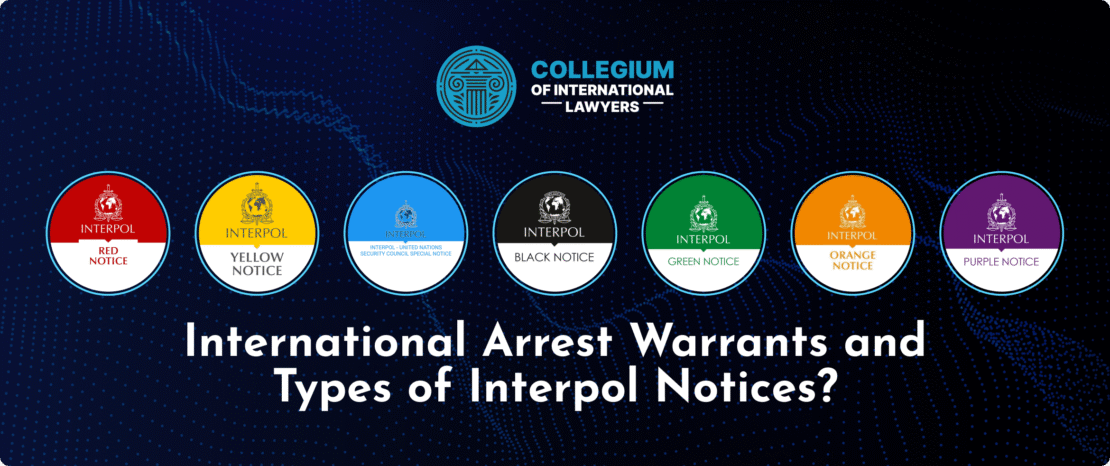
In the ever-evolving landscape of cybersecurity, businesses are increasingly turning to innovative solutions to maintain the integrity of their transactions and protect sensitive data. One of the most significant developments in recent years has been the emergence of biometrics as a reliable tool for fraud detection. detección de fraude con biometría conductual inteligencia conductual en seguridad financiera has emerged as a complementary approach, enhancing the capability of biometric systems.
Fraud detection, particularly in finance, has become a pressing concern. With the rise of digital transactions, criminals have found new ways to exploit vulnerabilities, leading to significant financial losses for individuals and corporations alike. Traditional methods of fraud detection, such as passwords and security questions, have proven inadequate in the face of these sophisticated tactics. This is where biometric technology comes into play, offering robust solutions that can greatly enhance security protocols.
What is Biometric Fraud Detection?
Biometric fraud detection refers to the use of biometric data—such as fingerprints, facial recognition, iris scans, and voice recognition—to verify an individual’s identity. Biometrics are unique to each person, making them incredibly difficult to replicate or forge. This uniqueness is what allows biometric identifiers to serve as powerful tools in detecting and preventing fraud.
With the integration of biometrics into secure identification systems, organizations can enhance their anti-fraud measures significantly. For example, financial institutions are increasingly implementing biometric authentication procedures at various touchpoints, including mobile banking applications, ATM transactions, and online banking platforms.
The Role of Biometrics in Fraud Detection
Biometric technologies can facilitate a range of fraud detection processes. Here are some ways they are making a significant impact:
- Identity Verification: Biometric solutions simplify the identity verification process. When a user attempts to access an account, their biometric data can be matched against previously stored data to confirm their identity swiftly.
- Real-time Monitoring: Biometric systems can operate in real-time, allowing for immediate action when fraudulent activities are detected. For example, if a device recognizes a facial pattern that is not associated with an authorized user, it can trigger a security alert.
- Multi-factor Authentication: Biometrics can be combined with traditional methods of authentication, providing a layered approach to security that is significantly more secure than relying on passwords alone.
- Reduced Account Takeover Risk: By using biometric authentication methods, organizations can mitigate the impact of account takeover attempts, where cybercriminals gain unauthorized access to user accounts.

Challenges in Implementing Biometric Solutions
Despite the advantages of biometric technology, there are inherent challenges that organizations face in adopting these systems:
- Privacy Concerns: The collection and storage of biometric data raise significant privacy issues. Organizations must navigate legal regulations and ensure adequate measures are taken to protect users’ personal information.
- False Positives/Negatives: Biometric systems are not infallible, and the risk of false positives (incorrectly identifying a user) or false negatives (failing to recognize a legitimate user) can undermine trust in the technology.
- High Implementation Costs: The initial investment in biometric technology and associated infrastructure can be significant, posing a barrier for smaller organizations.
- Technological Limitations: Some biometric technologies may struggle with accuracy across different demographics, especially in facial recognition, where variations in skin tone and facial structure can affect performance.
The Convergence of Biometrics and Behavioral Intelligence
To address the limitations of biometric systems and enhance their effectiveness, many businesses are pairing biometric data with behavioral intelligence. By analyzing user behavior patterns—such as typing speed, mouse movements, and navigation habits—organizations can create a more comprehensive profile of their users.
Behavioral intelligence solutions can provide additional layers of security, helping to identify anomalies in user behavior that might indicate fraudulent activity. This dual-layered approach not only strengthens security but also provides a seamless user experience; legitimate users can carry on with their transactions with minimal friction while still maintaining robust protection against fraud.
Case Studies: Effective Use of Biometrics and Behavioral Intelligence
Several organizations have successfully implemented biometric fraud detection in combination with behavioral intelligence. Here are a few noteworthy examples:
- Financial Institutions: Major banks have rolled out biometric authentication through mobile apps, allowing users to log in using fingerprints or facial recognition. Coupled with behavioral analytics, these apps can alert users if they are logging in from an unusual location or behaving in a way that deviates from their normal patterns.
- E-commerce Platforms: Online retailers are increasingly adopting biometric verification at checkout to prevent fraudulent transactions. By analyzing purchasing behavior in conjunction with biometric data, they can detect and inhibit suspicious activities.
- Government Agencies: Agencies have started to utilize biometric authentication techniques within identity verification processes for public services, ensuring that only legitimate users gain access to sensitive government services.
The Future of Biometric Fraud Detection
The future of fraud detection lies in the ongoing development of biometric technologies and their integration with advanced behavioral analytics. As technology progresses, we can expect to see more sophisticated and user-friendly solutions that not only minimize fraud risk but also protect users’ privacy.
Furthermore, as the threat landscape continues to evolve, organizations must stay vigilant and adapt their security strategies accordingly. The adoption of biometric fraud detection solutions, combined with insights from behavioral intelligence, presents a compelling opportunity for businesses to enhance their defenses against fraud and create more secure environments for their customers.
Conclusion
In conclusion, biometric fraud detection represents a significant leap forward in the fight against financial crimes. As organizations increasingly face sophisticated cyber threats, embracing biometric solutions, in conjunction with behavioral intelligence, will be critical in safeguarding against fraud and protecting sensitive data. By investing in this technology, businesses can enhance their security protocols, build customer trust, and ultimately safeguard their assets against fraudulent activities.